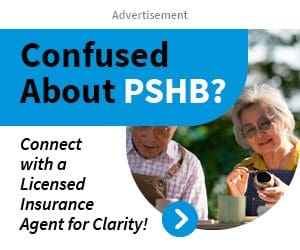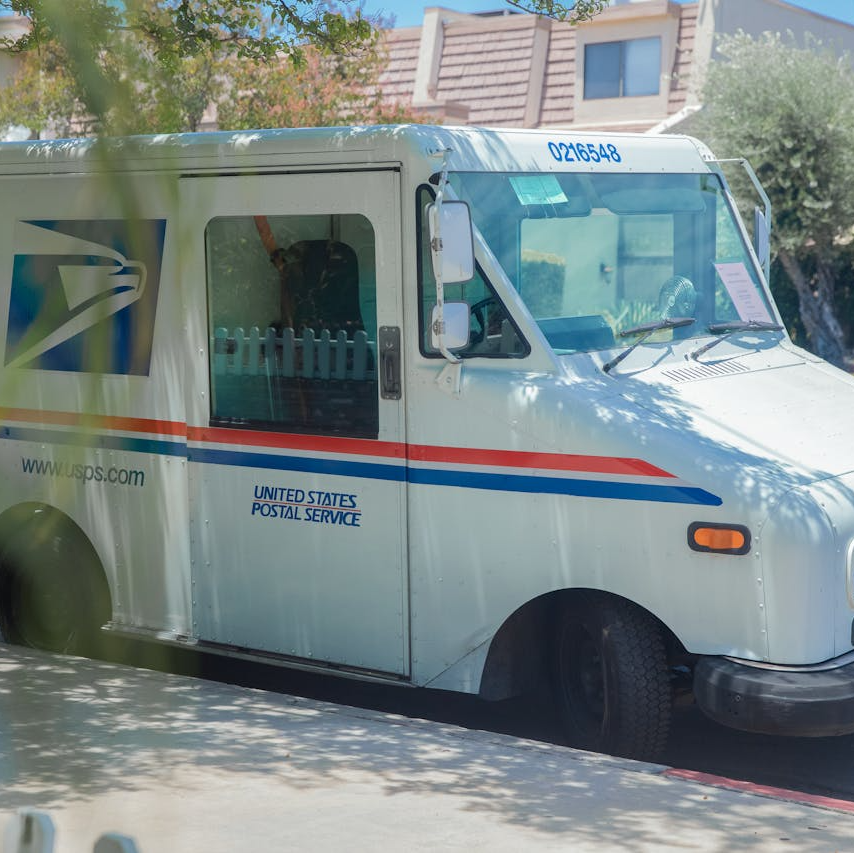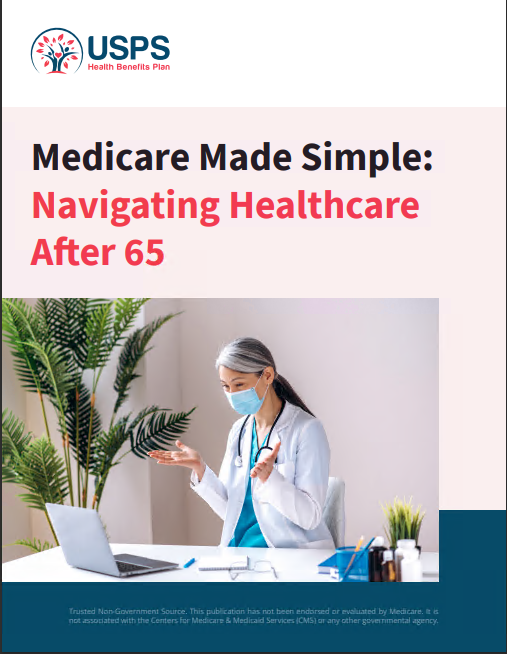Key Takeaways:
- Understanding Medicare Part B enrollment is crucial for USPS workers under the PSHB program to avoid late enrollment penalties.
- Specific dates and deadlines are important for USPS employees transitioning to Medicare Part B through the PSHB program to ensure continuous coverage.
What USPS Workers Should Know About Medicare Part B Enrollment Under PSHB
Navigating the intricacies of health insurance is challenging, especially for USPS workers transitioning from their existing health plans to Medicare. As part of the Postal Service Health Benefits (PSHB) program, understanding the enrollment process for Medicare Part B is crucial to ensure continuous coverage and avoid penalties. This article aims to provide USPS employees with the essential information they need regarding Medicare Part B enrollment under the PSHB program, highlighting key dates, processes, and potential impacts on their healthcare coverage.
Understanding PSHB and Its Impact on USPS Workers
The Postal Service Health Benefits (PSHB) program, established as part of the Postal Service Reform Act of 2022, represents a significant shift in the health coverage landscape for USPS workers. This program requires most Postal Service employees and retirees to enroll in Medicare Part B when they become eligible. The PSHB is designed to align with Medicare to provide comprehensive health coverage while reducing the Postal Service’s long-term healthcare liabilities.
For USPS employees, this change means that those who are eligible for Medicare (typically at age 65) will need to enroll in Medicare Part B to maintain their health benefits under PSHB. Failing to enroll could result in a lapse in coverage and potential penalties, which underscores the importance of understanding the enrollment process and associated deadlines.
Why Is Medicare Part B Important for USPS Workers?
Medicare Part B covers outpatient medical services, including doctor visits, preventive services, and some home health care, among others. For USPS workers, enrolling in Medicare Part B under the PSHB program ensures that their healthcare needs continue to be met without interruption as they transition from their previous health plans.
The PSHB program integrates with Medicare to offer USPS workers comprehensive healthcare coverage. By enrolling in Medicare Part B, employees ensure they have access to a wide range of services that may not be fully covered under the PSHB plan alone. Moreover, Medicare Part B acts as a secondary payer to the PSHB plan, potentially reducing out-of-pocket costs for various medical services.
When Should USPS Workers Enroll in Medicare Part B?
Timing is critical when it comes to enrolling in Medicare Part B under the PSHB program. Generally, USPS workers become eligible for Medicare Part B at age 65. The Initial Enrollment Period (IEP) for Medicare Part B begins three months before an individual’s 65th birthday and ends three months after the month they turn 65. Enrolling during this period is essential to avoid late enrollment penalties and ensure seamless coverage.
For USPS workers who are already retired and approaching Medicare eligibility, it is important to pay attention to these dates. If a retiree delays enrolling in Medicare Part B past the Initial Enrollment Period, they may face a late enrollment penalty, which is a permanent increase in their monthly Part B premium. This penalty can add up over time, making it crucial to enroll on time.
Special Enrollment Period for USPS Workers
In some cases, USPS workers may qualify for a Special Enrollment Period (SEP) for Medicare Part B. This applies to employees who are still working and covered by an employer’s group health plan when they turn 65. USPS workers in this situation can delay their Medicare Part B enrollment without facing a penalty, provided they enroll within eight months after their employment ends or their group health coverage ends, whichever comes first.
This SEP is especially relevant for USPS workers who may retire after reaching 65 or those who continue to work past this age. However, it’s important to note that if you miss the SEP, you could face late enrollment penalties and a potential gap in coverage.
Understanding the Late Enrollment Penalty
USPS workers who delay enrolling in Medicare Part B beyond their Initial Enrollment Period without qualifying for a Special Enrollment Period may face a late enrollment penalty. This penalty is a permanent increase in the monthly Part B premium by 10% for each full 12-month period they were eligible but did not enroll.
For example, if a USPS retiree delays enrolling in Medicare Part B for two years after becoming eligible, they would face a 20% increase in their monthly premium for as long as they have Medicare Part B. This penalty can add up over time, significantly increasing healthcare costs in retirement. Therefore, it’s essential for USPS workers to enroll in Medicare Part B when they first become eligible unless they have other qualifying coverage.
What Happens If You Don’t Enroll in Medicare Part B?
Failing to enroll in Medicare Part B when required under the PSHB program can have serious consequences for USPS workers. Not only could they face the late enrollment penalty, but they could also experience a gap in their healthcare coverage. The PSHB program requires Medicare-eligible USPS retirees to have Medicare Part B to maintain their health benefits. Without Part B enrollment, the PSHB plan may not provide full coverage, leading to higher out-of-pocket costs for medical services.
Moreover, USPS workers who fail to enroll in Medicare Part B may find themselves without coverage for essential outpatient services, such as doctor visits, preventive care, and durable medical equipment. This gap in coverage could lead to significant medical expenses, particularly as healthcare needs typically increase with age.
How Does Enrollment in Medicare Part B Affect Your PSHB Plan?
For USPS workers, enrolling in Medicare Part B not only helps avoid penalties but also affects how their PSHB plan coordinates benefits. Once enrolled in Medicare Part B, Medicare becomes the primary payer for most services, while the PSHB plan becomes the secondary payer. This means that Medicare Part B will cover most outpatient services first, and the PSHB plan will cover any remaining costs, such as deductibles, coinsurance, or services not fully covered by Medicare.
This coordination of benefits can result in lower out-of-pocket costs for USPS retirees, as the PSHB plan may cover what Medicare does not. For example, if a retiree has a doctor’s visit that Medicare covers at 80%, the PSHB plan may cover the remaining 20%, significantly reducing the retiree’s out-of-pocket expenses.
Steps to Enroll in Medicare Part B for USPS Workers
Enrolling in Medicare Part B as a USPS worker involves a few key steps:
- Determine Eligibility: Verify that you are eligible for Medicare Part B, typically starting at age 65.
- Review Enrollment Periods: Be aware of your Initial Enrollment Period and, if applicable, your Special Enrollment Period.
- Gather Necessary Documents: Ensure you have all required documentation, such as proof of employment and health insurance coverage.
- Complete the Enrollment Process: You can enroll in Medicare Part B online through the Social Security Administration’s website, by phone, or by visiting your local Social Security office.
- Inform Your PSHB Plan: Once enrolled in Medicare Part B, notify your PSHB plan to ensure proper coordination of benefits.
Important Dates to Remember for USPS Workers
As a USPS worker, keeping track of important dates related to Medicare Part B enrollment under the PSHB program is crucial:
- Initial Enrollment Period (IEP): Starts three months before your 65th birthday and ends three months after the month you turn 65.
- Special Enrollment Period (SEP): Up to eight months after your employment ends or your group health coverage ends, whichever comes first.
- General Enrollment Period (GEP): January 1 to March 31 each year, with coverage starting on July 1. This period is for those who missed their IEP or SEP and need to enroll in Medicare Part B.
Potential Changes to Medicare and PSHB
As healthcare laws and policies evolve, it’s important for USPS workers to stay informed about any potential changes to Medicare and the PSHB program. Legislative changes could impact eligibility, benefits, and enrollment processes. USPS workers should regularly review updates from the Postal Service and Medicare to ensure they are aware of any new requirements or opportunities.
Staying Informed and Planning Ahead
Understanding Medicare Part B enrollment under the PSHB program is essential for USPS workers approaching retirement or those already retired. By being proactive, USPS employees can ensure they meet all necessary deadlines, avoid penalties, and maintain continuous health coverage.
It’s also advisable for USPS workers to consult with a Licensed Insurance Agent or visit the official Medicare website to get personalized assistance with their Medicare Part B enrollment. This will help in making informed decisions about their healthcare coverage and ensuring a smooth transition from their current health plan to Medicare under the PSHB program.
Ensuring Continuous Coverage and Avoiding Penalties
Staying on top of Medicare Part B enrollment is critical for USPS workers to maintain their health benefits under the PSHB program. Missing key deadlines or failing to enroll can result in penalties and gaps in coverage, which can be costly and stressful. By understanding the enrollment process, important dates, and the impact on their PSHB plan, USPS workers can take the necessary steps to ensure they have the healthcare coverage they need in retirement.
Contact Information:
Email: [email protected]
Phone: 14352602264











